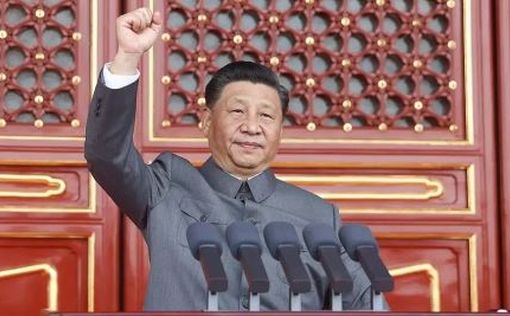China has announced sweeping new tariffs on all imports from the United States, marking a significant escalation in the ongoing trade dispute between the world’s two largest economies. Starting April 10, a uniform 34% tariff will apply to American goods entering China—a direct response to President Donald Trump’s recently imposed tariff measures on Chinese imports.
The announcement came shortly after Trump’s “Liberation Day” speech, where he unveiled a 10% universal tariff on imports from most countries and specific higher tariffs aimed at strategic competitors, including China. The Chinese government swiftly condemned the move as a violation of international trade principles, characterizing it as “a typical act of unilateral bullying.”
In an official statement, the Chinese State Council said the United States was seriously undermining China’s legitimate economic rights and interests. The new tariffs are designed to counteract the financial impact of Trump’s trade policies and to reaffirm China’s readiness to defend its economic sovereignty.
In addition to the tariffs, China also announced export controls on key rare earth elements, including samarium and gadolinium, materials critical to sectors such as electronics, aerospace, and defense. These restrictions are likely to further strain global supply chains already under pressure from inflation and post-pandemic disruptions.
Financial markets reacted immediately to the growing tensions. The FTSE 100 suffered a 4.95% drop, its worst day since the COVID-19 crisis. U.S. stock futures also slipped in early trading, signaling investor anxiety over the potential fallout from a prolonged tariff war.
While the Trump administration maintains that these measures are necessary to reduce trade deficits and promote domestic manufacturing, economists warn that a full-scale trade conflict could have far-reaching consequences. Rising tariffs on both sides may lead to higher prices for consumers, disrupted global trade flows, and reduced economic growth.
As global markets brace for further volatility, international observers are urging both nations to return to the negotiating table. However, with neither side showing signs of backing down, the path to de-escalation remains uncertain.




